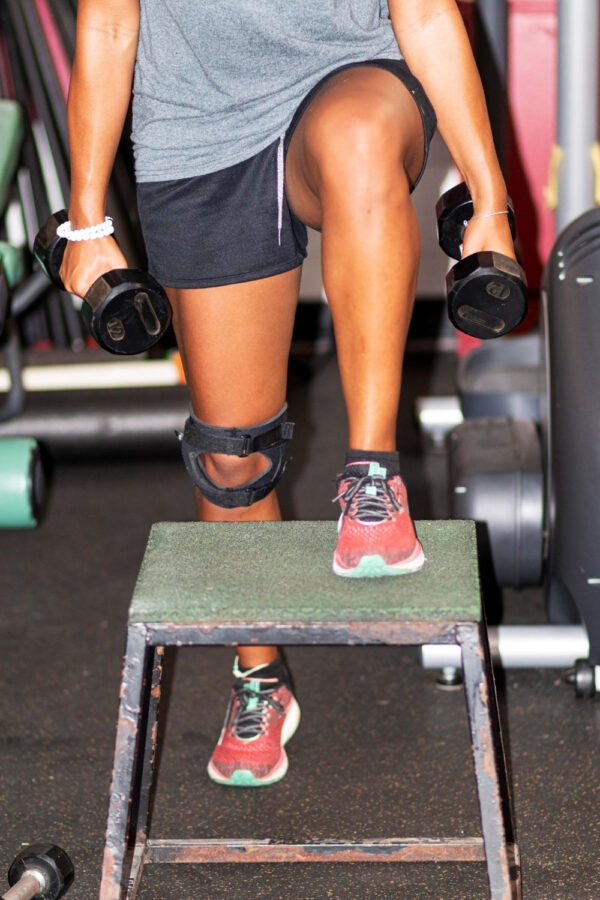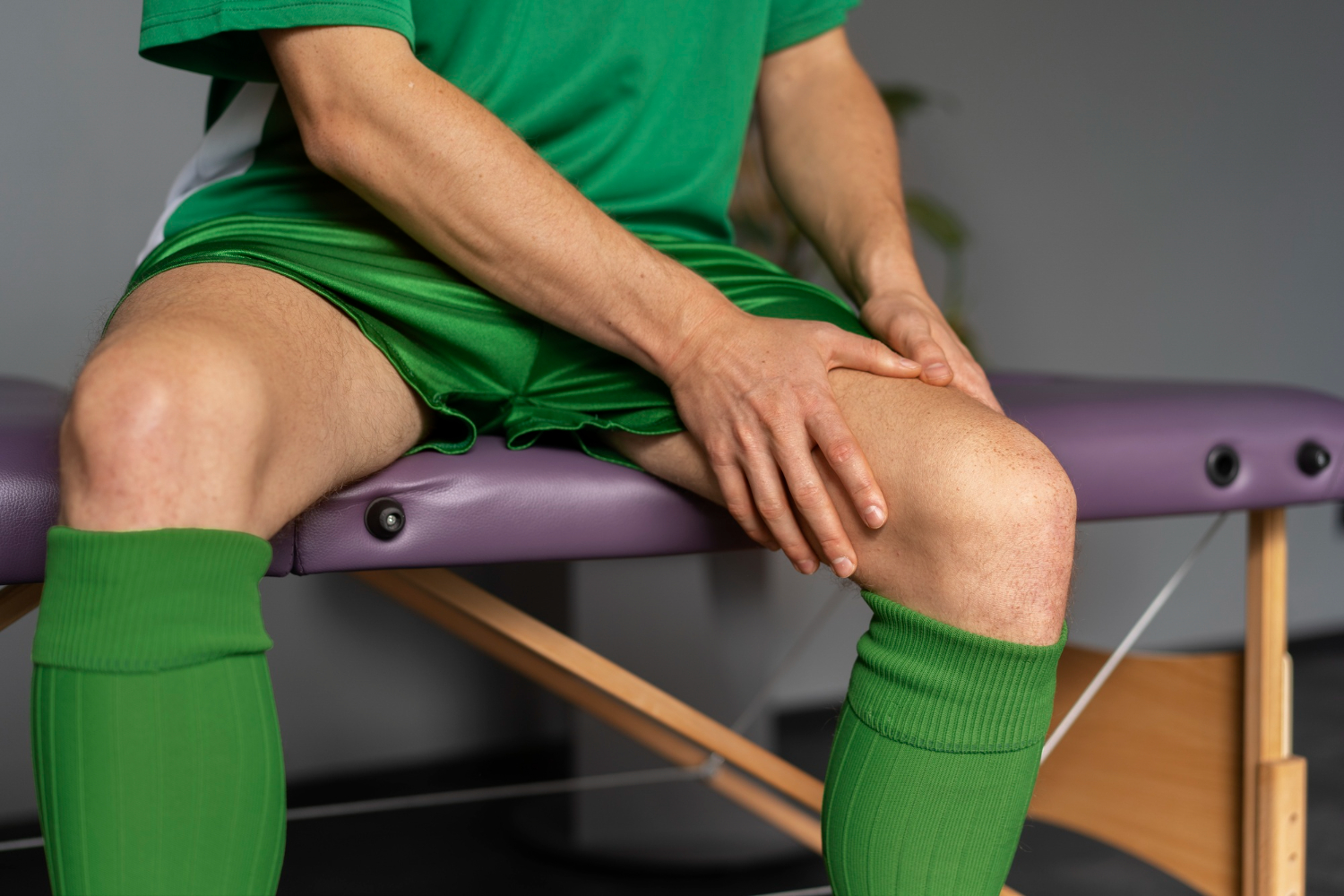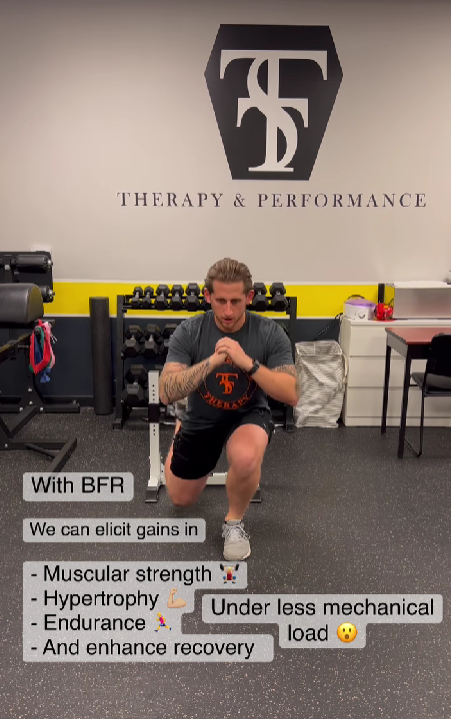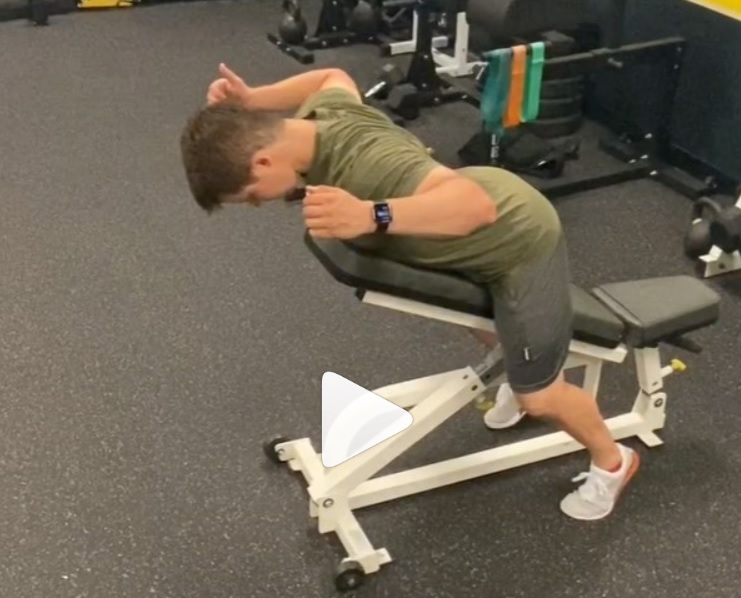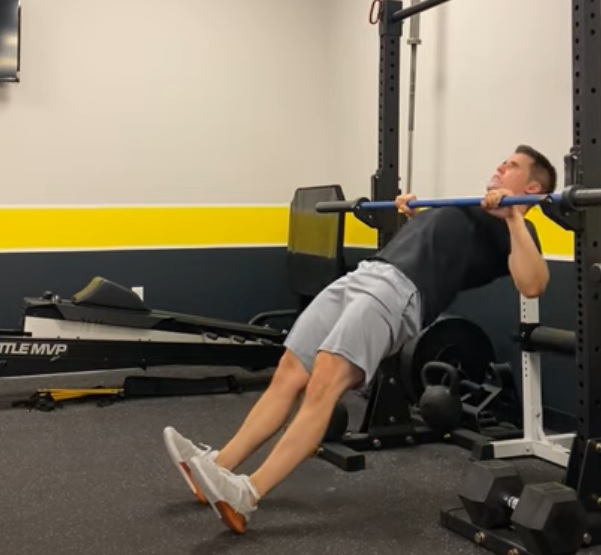What are the main causes of back pain?
Understanding the Main Causes of Back Pain
Back pain is a common issue that affects people of all ages and lifestyles. Understanding its causes can help in prevention and management. Here are some of the primary causes:
1. Muscle or Ligament Strain
One of the most frequent causes of back pain is the strain on muscles or ligaments. This often occurs due to heavy lifting, sudden awkward movements, or overuse during physical activities. Even minor strains can lead to significant discomfort.
2. Poor Posture
Maintaining poor posture, whether sitting or standing, can lead to chronic back pain. Over time, slouching or hunching can put undue stress on the spine and surrounding muscles, leading to pain and discomfort.
3. Herniated or Bulging Discs
Discs act as cushions between the vertebrae in your spine. When these discs become herniated or bulge, they can press on nerves, causing pain that may radiate to other parts of the body.
4. Arthritis
Osteoarthritis, a common form of arthritis, can affect the lower back. It leads to the degeneration of cartilage in the joints, causing pain, stiffness, and reduced mobility.
5. Osteoporosis
This condition weakens bones, making them fragile and more likely to fracture. Compression fractures in the spine due to osteoporosis can cause significant back pain.
6. Injury
Back injuries from accidents, sports, or falls can lead to acute or chronic pain. These injuries might involve the muscles, ligaments, or vertebrae and can range from mild strains to severe damage.
7. Scoliosis
Scoliosis, an abnormal curvature of the spine, can lead to discomfort and pain as the body compensates for the imbalance. This condition often develops during childhood but can progress into adulthood.
8. Sedentary Lifestyle
A lack of physical activity can weaken the muscles that support the spine, leading to pain and stiffness. Regular exercise is crucial for maintaining strong and flexible muscles.
9. Obesity
Excess body weight places additional stress on the spine, particularly the lower back. This can exacerbate existing conditions and contribute to the development of new issues.
Prevention and Management
To prevent back pain, it’s important to maintain good posture, engage in regular physical activity, and practice safe lifting techniques. Additionally, maintaining a healthy weight and staying mindful of body mechanics can reduce the risk of back pain.
If you experience persistent or severe back pain, it's essential to consult a healthcare professional for a proper diagnosis and tailored treatment plan. Addressing back pain early can prevent further complications and improve quality of life.



